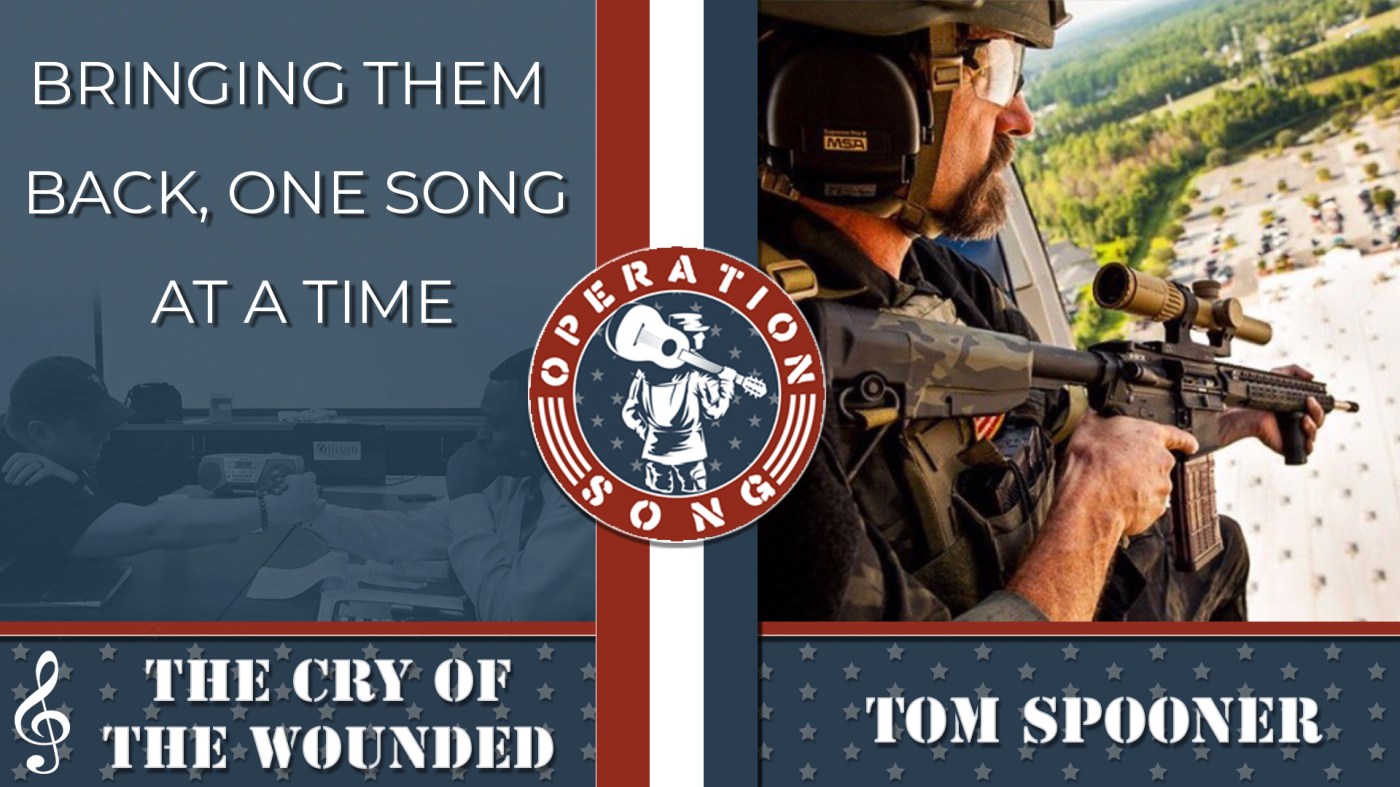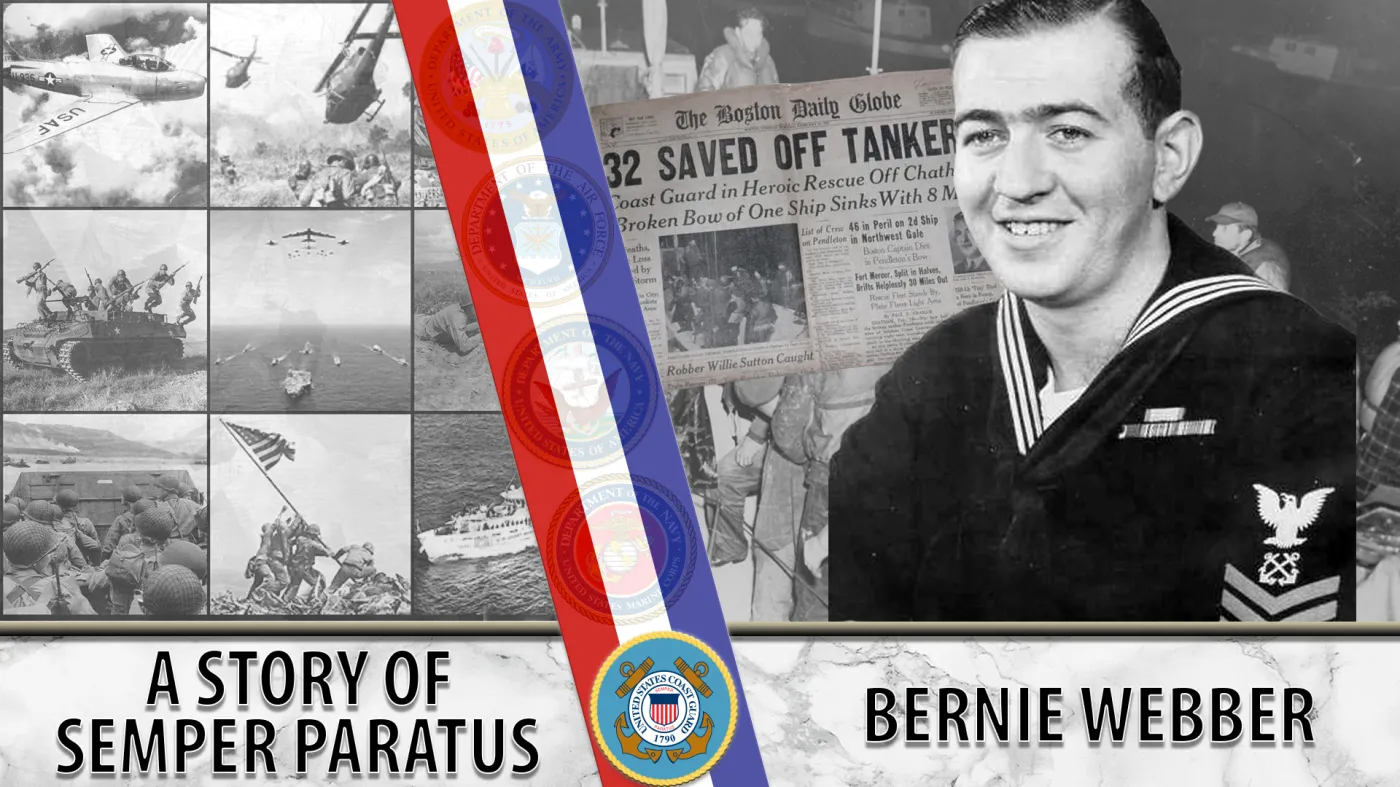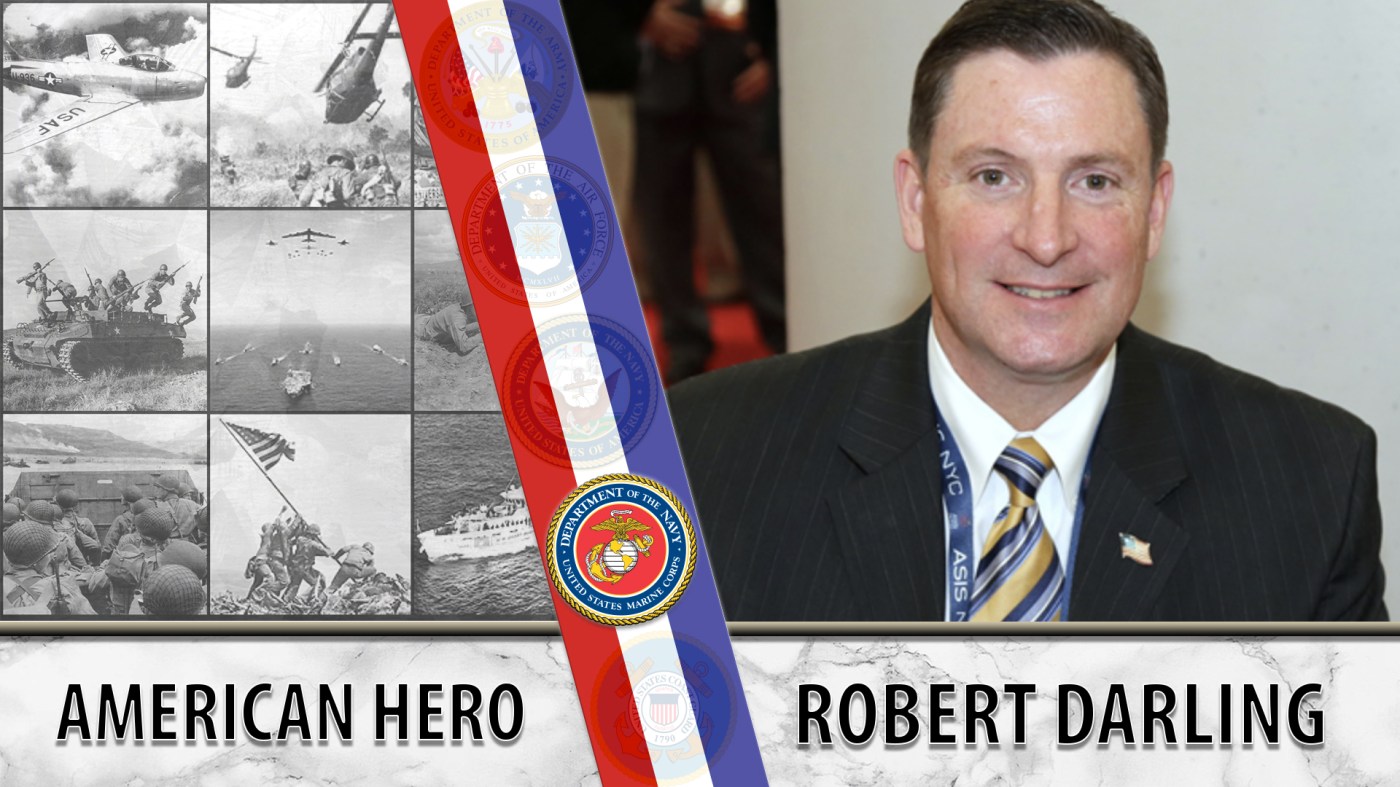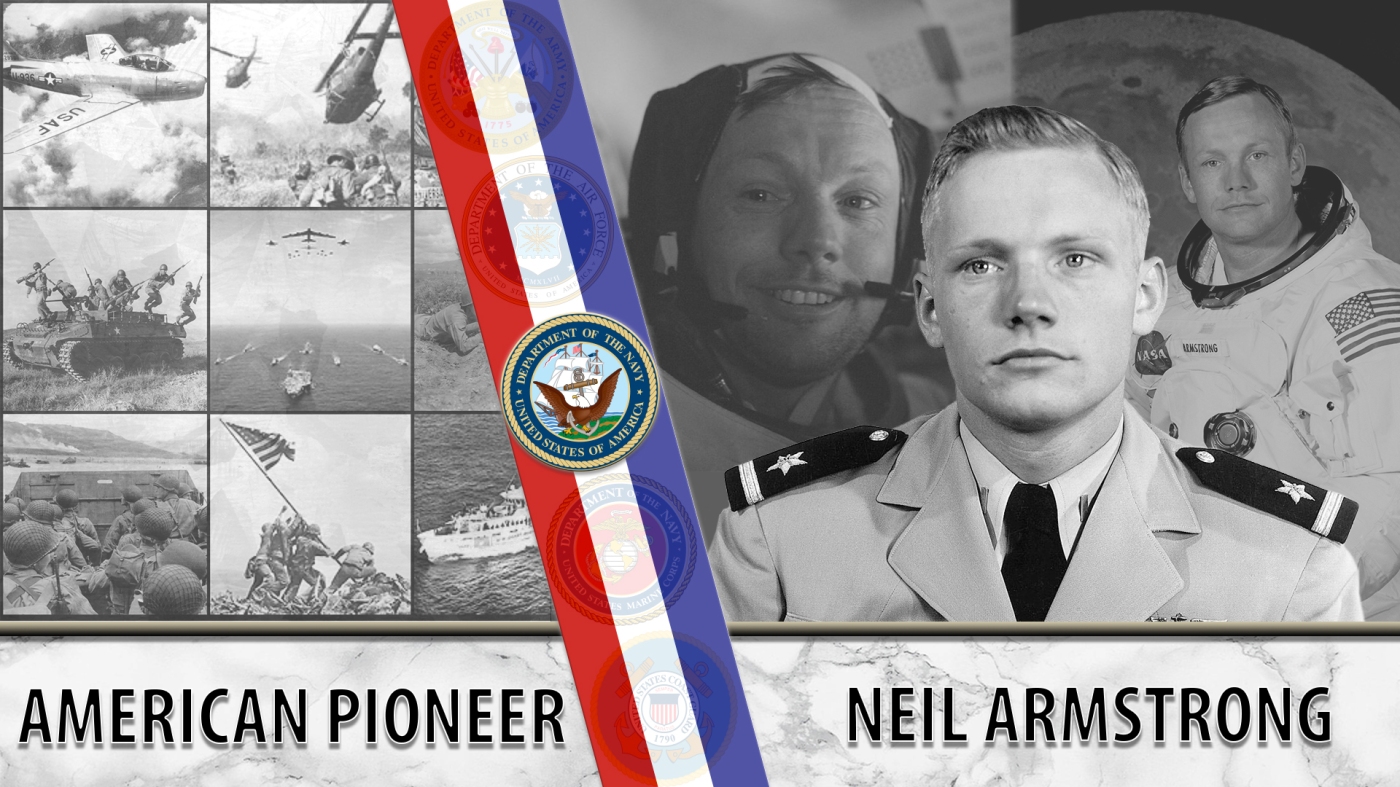This #OperationSong spotlights “The Cry of the Wounded” by Army Veteran Tom Spooner. During his 21 years of service, Spooner worked as a Delta Force Operator, spent five years in the 82nd Airborne Division and served as a Green Beret in the 7th Special Forces Group. After retiring in 2011, Spooner grappled with posttraumatic stress disorder (PTSD) and a traumatic brain injury (TBI). His journey to recovery inspired him to help others facing similar challenges. In 2016, he co-founded Warriors Heart, a facility which helps active duty personnel, Veterans and first responders struggling with chemical dependency, alcohol abuse and co-occurring psychological disorders related to PTSD or mild TBI.
In 2006, as a member of the 82nd Airborne Division, Spooner completed a mission in the Triangle of Death – a region south of Baghdad that saw significant combat. He and his sniper team were weaving through gunfire when a mortar landed just 20 meters away. Despite being so close to the mortar, Spooner survived, sustaining a broken wrist and a TBI. Once he recovered from the impact, he helped his wounded comrades until medical assistance arrived.
That day is the subject of Spooner’s song. Inspired by country music, the song opens with a light, melancholic guitar with lyrics that place listeners in Spooner’s shoes. The listener finds Spooner combatting gunfire from all directions in the Triangle when a mortar suddenly hits and “everything goes black”. The guitar continues as the dust settles, and the lyrics reveal that what initially seemed to be typical background noise was actually the screams of other injured soldiers. In that moment, the music swells into a somber guitar chorus that emphasizes the piercing cries of Spooner’s comrades. Even through the deafening noise of the helicopter, the screams were all that he heard. Despite doing everything he could to help them (moving them out of fire, stopping their bleeding and setting their broken bones), he still feels like he is trying to save them years later.
The second half of the song focuses on Spooner’s struggles at home, where the memories of that mission haunt him in his dreams. As those memories replay in his mind, he laments that the screams are a sound that no one should hear, addressing the burden of PTSD on himself and others who have experienced something similar to him. Even so, he refuses to give up. In the last repetition of the chorus, there is a slight change in the lyrics. Instead of focusing on his dreams, he talks about saving his “brothers” until none of them have to hear the cries of the wounded. In that verse, it seems as if Spooner is speaking beyond himself. He appears to be referring to others who have PTSD, and he specifically expresses his determination to help them.
“The Cry of the Wounded” is a poignant and personal account of battling PTSD. Spooner hopes that his song will resonate with those struggling with PTSD and other trauma-related challenges. He extends to them a heartfelt invitation to reflect on their own experiences, recognize that they are not alone, and ultimately, keep moving forward.
We honor his service.
Writer: Joanna Hwang
Editors: Danielle Kleppe, Jacob Reis
Researcher: Monique Quihuis
Graphic Designer: Mohogany Bridges
Topics in this story
More Stories
Bernie Webber led one of the greatest Coast Guard rescues in history that was later chronicled in the book and movie, “The Finest Hours.”
As the events of 9/11 unfolded, Marine Veteran Robert Darling served as a liaison between the Pentagon and Vice President Dick Cheney in the underground bunker at the White House.
NASA astronaut Neil Armstrong was the first person to walk on the moon. He was also a seasoned Naval aviator.







I keep hearing how us veterans need to deal with our anger control issues. But VBA and/or VHA employees need to be train how to deal with our anger control issues, these employees works for the veteran